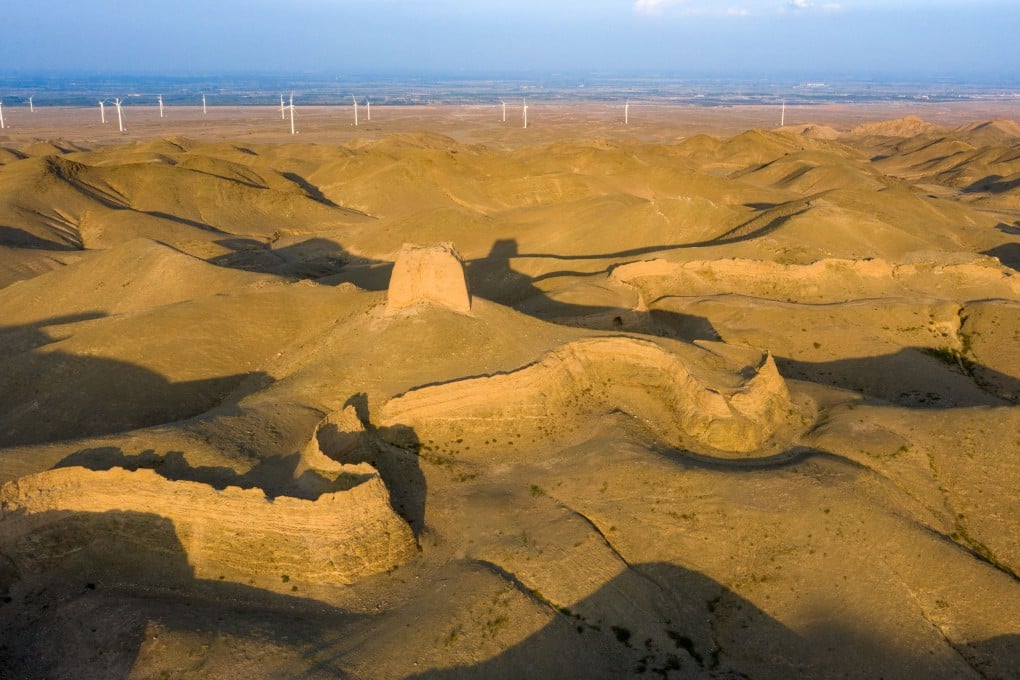Review | How nomads changed history and hunter-gatherers became settled farmers, from China and the Eurasian steppe to Africa
- Look at the rise of Han China and the fall of the Assyrian empire and at their root is migration by nomads escaping a harsh environment for a better life
- In Nomads: Wanderers Who Shaped Our World, Anthony Sattin goes from nomads’ domestication of the horse to the advent of farming, of architecture and cities

Nomads: The Wanderers Who Shaped Our World by Anthony Sattin, pub. John Murray
If you’ve ever felt yourself unable to sit still or concentrate (and who hasn’t?), or yearning for far horizons, then you could be part nomad.
Just a small part: you might be one of the 390 million people thought to carry “nomadic gene” DRD4-7R. While tiny, that part is significant enough to make us unhappy within four walls (and even, perhaps, explain David Bowie’s attention deficit at school).
This variant gene, first identified in Kenya’s Ariaal people, is a throwback to more than 12,000 years ago, to a point when we were hunter-gatherers, treading lightly on the planet and leaving no written accounts of ourselves.

Anthony Sattin’s writing is of the sort that commands scales to fall from the general reader’s eyes in penny-dropping moments of realisation. And that’s true of Nomads, as he deftly unravels an intricate subject that touches everyone, no matter how much we think we don’t identify with tribes of no fixed abode.